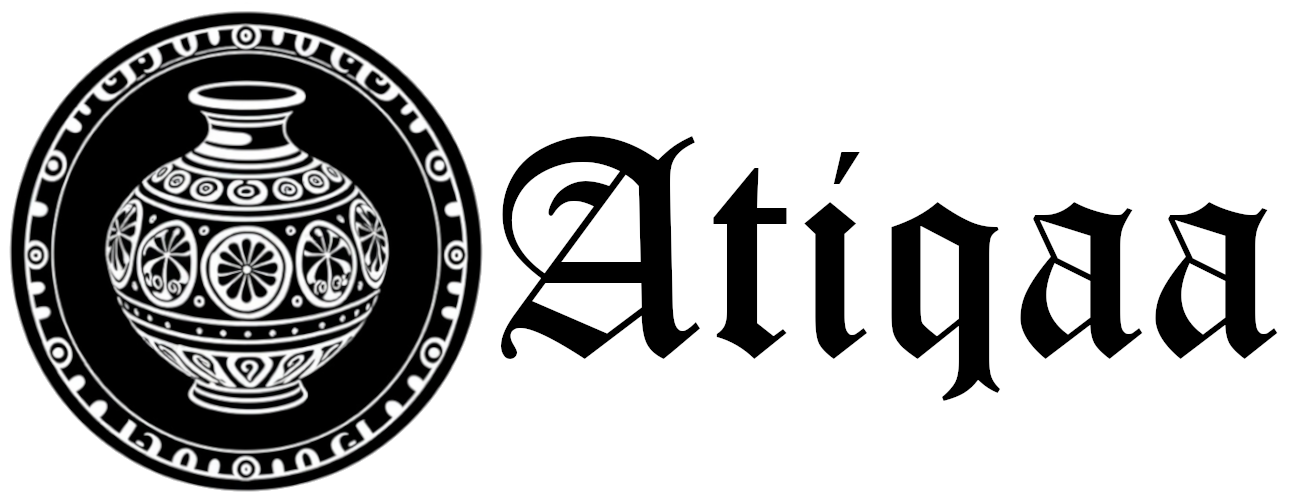-
Sarah checked-in
 8
Points
8
Points
Minoan Snake Goddess figurines, c. 1600 BCE,
Two Minoan snake goddess figurines were excavated in 1903 in the Minoan palace at Knossos in the Greek island of Crete. The decades-long excavation program led by the English archaeologist Arthur Evans greatly expanded knowledge and awareness of the Bronze Age Minoan civilization, but Evans has subsequently been criticized for overstatements and excessively speculative ideas, both in terms of his “restoration” of specific objects, including the most famous of these figures, and the ideas about the Minoans he drew from the archaeology.
The Knossos figurines, both significantly incomplete, date to near the end of the neo-palatial period of Minoan civilization, around 1600 BCE. It was Evans who called the larger of his pair of figurines a “Snake Goddess”, the smaller a “Snake Priestess”; since then, it has been debated whether Evans was right, or whether both figurines depict priestesses, or both depict the same deity or distinct deities.
The combination of elaborate clothes that leave the breasts completely bare, and “snake-wrangling”, attracted considerable publicity, not to mention various fakes and the smaller figure, in particular, remains a popular icon for Minoan art and religion, now also generally referred to as a “Snake Goddess”. However archaeologists have found few comparable images, and a snake goddess plays little part in current thinking about the cloudy topic of Minoan religion @Danny . Several scholars have also argued that these figurines are not really holding snakes in their hands, or as many snakes as Evans thought, but some other items.
-at Heraklion Archaeological Museum, Chatzidaki, Heraklion, Greece

